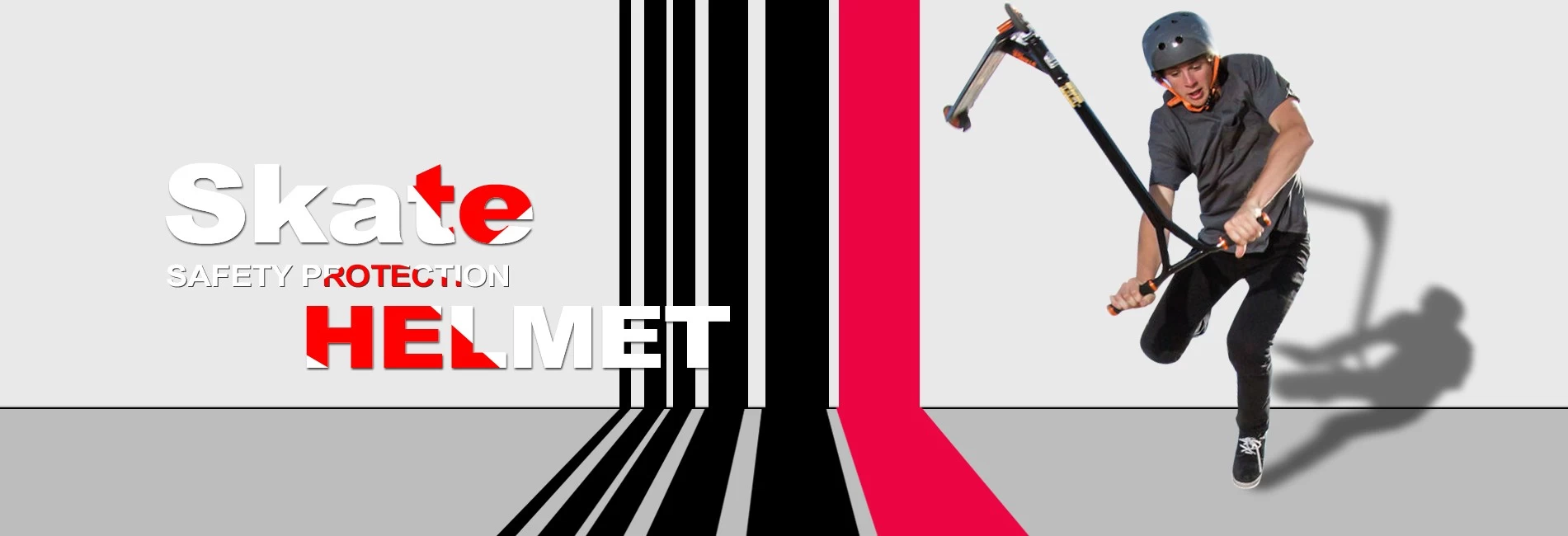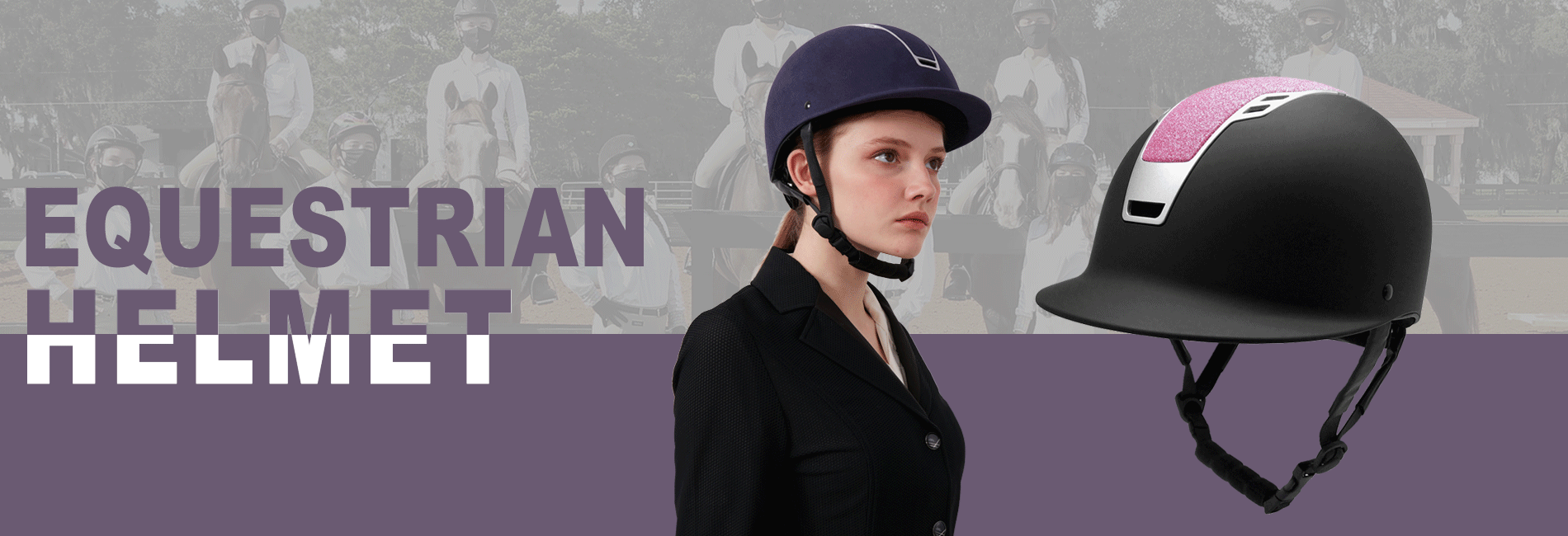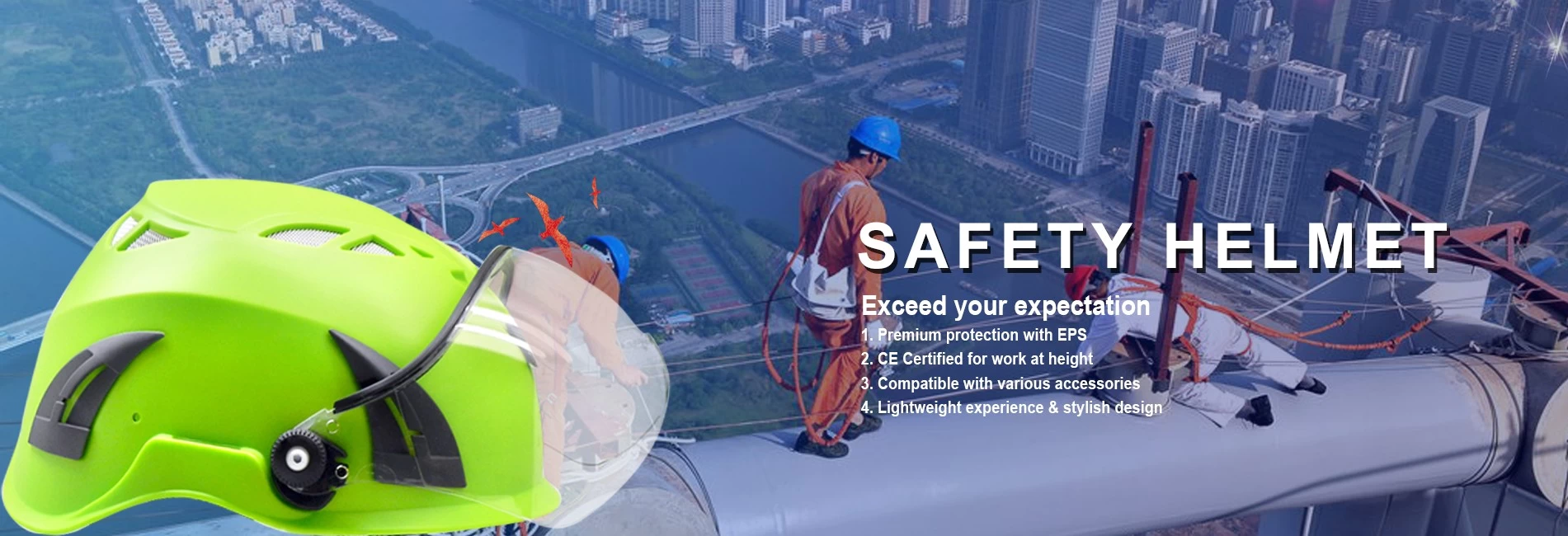Brief Introduction: Helmets for equestrian use PAS 015:2011
2020-03-31 16:05:24
PAS015 testing standard is widely used for equestrian helmet and still requested by many riders. As a consumer, it is good to know how does our head is protected by helmets and maybe can assess the possible injury when it happened. As a professional helmet solution provider, we would like to share these basic stuff that might help you.
Before giving details, here is the key aspects of the testing. It includes
1 Shock absorption;
2 Penetration resistance;
3 Strength and effectiveness of the retention system;
4 Durability of quick release mechanisms;
5 Deflection of the peak
In this passage, we will explain shock absorption.
-Result requirement
Any one test onto the flat anvil shall not exceed 250g, and the average not exceed 225 g over 3 tests(same helmet), and the total time during which is exceeds 150 g shall not greater than 5ms. Deceleration not exceed 200g onto the hazard anvil.
-Testing equipment
The base for impact including the moving mass should weigh at least 500KG
Flat anvil: impact face of (130+-_)mm diameter
Hazard anvil as below
-Helmet Position
Helmet lies within a circle of radius of 32.5mm from the vertical centreline of the anvil
-Test time from conditioning
First impact within 90s of removal from the temerature conditioning
and within 10 mins of completion of water spay conditioning.
All subsequent impacts shall be completed note more than 4 min after the removal from conditioning.
-Velocity
flat anvil: 5.9+0.15 m/s
hazard anvil: 5.05+0.15 m/s for all impact sites
-Measurements
Measure velocity of moving mass within 60 mm before impact to an accuracy of +_1%.
Record at the centre of gravity of the headform to the nearest 1g and 0.1m/s
If you need to learn more the riding helmets testing, please feel free to visit our facility. You can learn more about us on our website. https://www.aurorahelmets.com/
Top sales riding helmet
https://www.alibaba.com/product-detail/2020-lady-horse-riding-helmet-equestrian_60707401783.html?spm=a2747.manage.0.0.719671d2e70jCM
Note:The above PAS015 related information is from BSI PAS 015:2011
Before giving details, here is the key aspects of the testing. It includes
1 Shock absorption;
2 Penetration resistance;
3 Strength and effectiveness of the retention system;
4 Durability of quick release mechanisms;
5 Deflection of the peak
In this passage, we will explain shock absorption.
-Result requirement
Any one test onto the flat anvil shall not exceed 250g, and the average not exceed 225 g over 3 tests(same helmet), and the total time during which is exceeds 150 g shall not greater than 5ms. Deceleration not exceed 200g onto the hazard anvil.
-Testing equipment
The base for impact including the moving mass should weigh at least 500KG
Flat anvil: impact face of (130+-_)mm diameter
Hazard anvil as below

-Helmet Position
Helmet lies within a circle of radius of 32.5mm from the vertical centreline of the anvil
-Test time from conditioning
First impact within 90s of removal from the temerature conditioning
and within 10 mins of completion of water spay conditioning.
All subsequent impacts shall be completed note more than 4 min after the removal from conditioning.
-Velocity
flat anvil: 5.9+0.15 m/s
hazard anvil: 5.05+0.15 m/s for all impact sites
-Measurements
Measure velocity of moving mass within 60 mm before impact to an accuracy of +_1%.
Record at the centre of gravity of the headform to the nearest 1g and 0.1m/s
If you need to learn more the riding helmets testing, please feel free to visit our facility. You can learn more about us on our website. https://www.aurorahelmets.com/
Top sales riding helmet
https://www.alibaba.com/product-detail/2020-lady-horse-riding-helmet-equestrian_60707401783.html?spm=a2747.manage.0.0.719671d2e70jCM
Note:The above PAS015 related information is from BSI PAS 015:2011
Anterior : Reasons to Wear A Helmet









